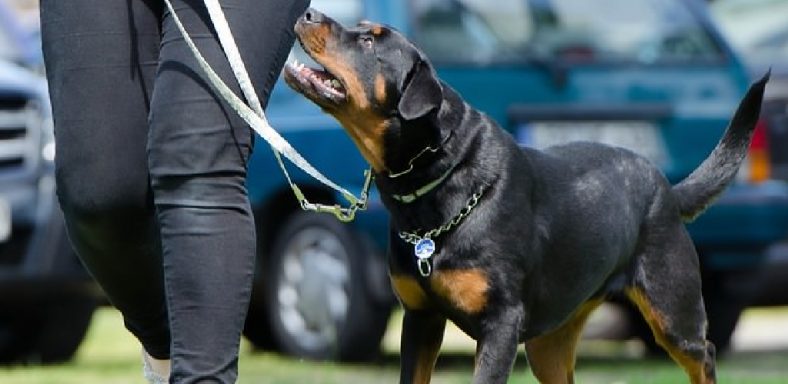If you have a dog that doesn’t seem interested in treats, don’t worry – there are plenty of ways to train them! Like people, every dog is different and has its unique preferences. While some dogs may love treats, others may not be as enthusiastic about them.
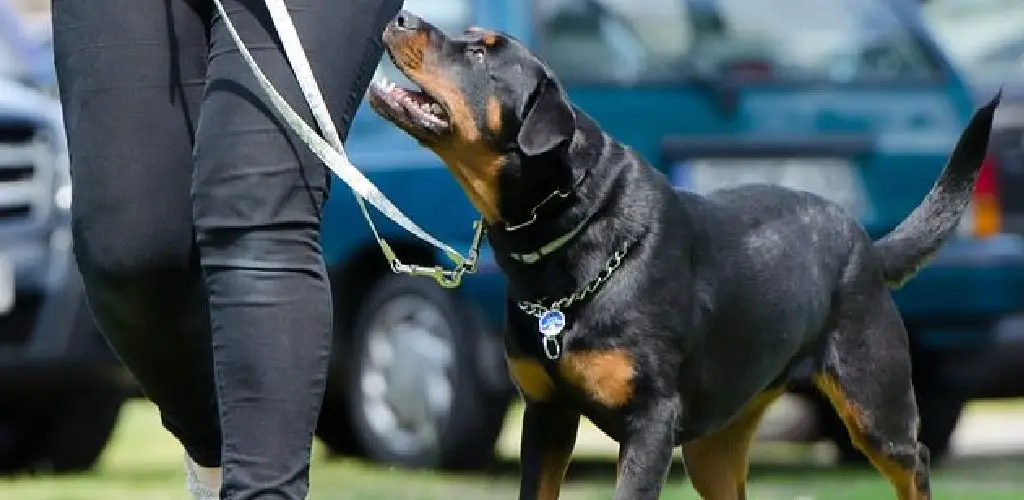
The good news is that there are still plenty of options for training your pup; even if they’re not the biggest fan of traditional Treats, can come in many forms – from small pieces of meat or cheese to Kongs full of peanut butter – so you’ll be able to find something that your dog loves. Please keep reading for our instructions on how to train a dog that doesn’t like treats!
Many trainers recommend using a food-based reward system when training dogs. This involves rewarding your pup with small pieces of food after they complete a task or behave in the way you want them to. However, if your dog doesn’t seem to love treats, it can be challenging to stick to this system – especially if your pup is resistant to learning new commands.
Contents
Why Your Dog Isn’t Motivated By Treat?
Dogs are motivated by different things. For example, some dogs are motivated by treats, while others may be motivated by play or praise. If your dog is not motivated by treats, it may be due to several reasons. Here are some reasons:
Stress: Dogs can become stressed for various reasons, including changes in routine, new environments, or the presence of other animals. When dogs are stressed, they may not be interested in anything, including treats.
Fear: Dogs may be afraid of particular objects or situations and may not want to approach them if treats are involved. For example, a dog afraid of loud noises may not want to approach someone who is holding a treat if the person is making loud noises.
Overweight: Overweight dogs may not be motivated by treats because they are not physically active enough to burn off the calories.
After a feeding: Dogs may not be interested in treats after eating. This is because their stomachs are full, and they do not need any more food.
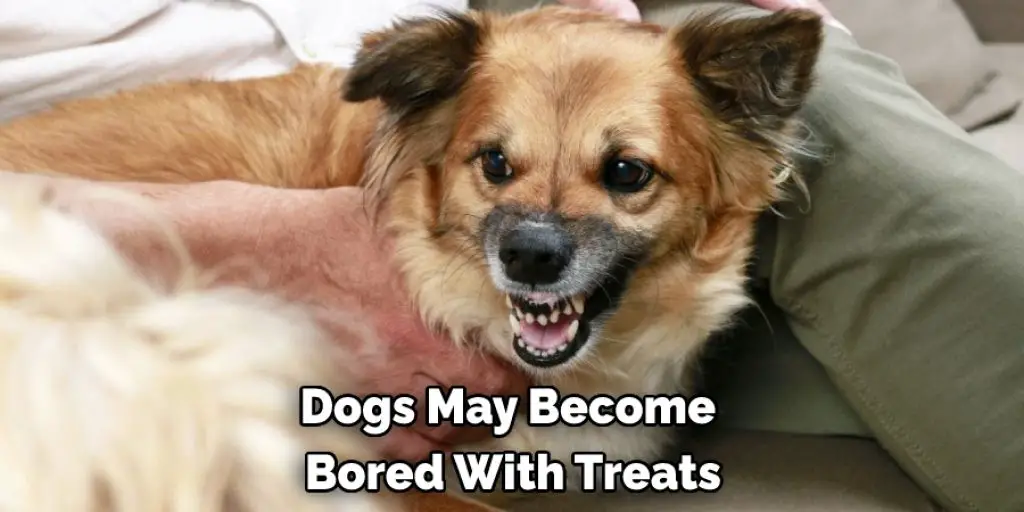
Type of treat: Some dogs may not be interested in small and crunchy treats. Instead, they may prefer treats that are soft and chewy.
Sessions are too long: Dogs may become bored with treats if sessions are too long. Therefore, dogs should be given a few treats throughout each session, rather than one or two large treats.
Too Much Free Food Already Available: If your puppy has too much free food available, he may not be motivated by treats. This is because the puppy will not feel the need to work for food.
A Stepwise Guide on How to Train a Dog That Doesn’t Like Treats
Step 1:Determine why your dog doesn’t like treats
There could be several reasons why your dog doesn’t like treats. It could be that they’ve never had positive experiences with them, or they may have had a bad experience (e.g., being given a treat that was too hard and resulted in the choking). Alternatively, some dogs aren’t motivated by food rewards.
Step 2: Adjust your training methods
If your dog isn’t motivated by treats, you’ll need to adjust your training methods. One way to do this is to use positive reinforcement without treats. This means rewarding your dog for good behavior with praise and petting instead of treats. You can also try playing with your dog or providing them with a favorite toy as a reward.
Step 3: Be patient
Remember that your dog is not being difficult on purpose – they don’t like the taste of treats. Be patient with them as you train, and continue to offer positive reinforcement when they exhibit good behavior. It may take a little longer than if you used treats as a reward, but eventually, your dog will learn that good behavior leads to positive outcomes.
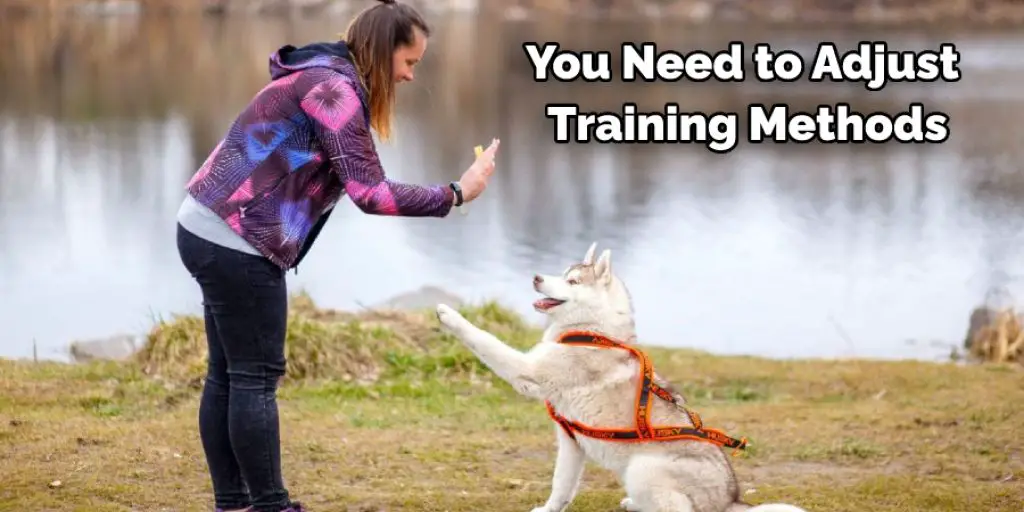
Step 4: Use verbal cues
If your dog doesn’t seem to like treats, you can try using verbal cues instead. Start by saying the cue word before giving the command. For example, say “sit” before giving the command to sit. If your dog responds, praise them and give them a treat. If they don’t respond, wait a few seconds and try again. Be patient and keep practicing until your dog understands the cue word.
Step 5: Build a Food Drive
If your dog doesn’t seem to like treats, don’t worry – you can still train them using positive reinforcement. One way to do this is by building a food drive. This means creating a situation where your dog wants the food you’re offering them as a reward.
You can do this by gradually making the treats smaller and smaller until your dog is eager for them. You can also try hiding the treats around the house or bringing them out only at specific times. The more excited your dog gets about the prospect of getting a treat, the easier it will be to train them with positive reinforcement.
Step 6: Engage their nose.
Dogs love to explore the world with their nose. When they’re engaged in an activity, their brain is focused on what’s happening, and they’re not as likely to get distracted.
Use a toy that dispenses treats when your dog plays with it to engage your dog’s nose. This could be a Kong toy filled with peanut butter or a treat ball that bounces around when your dog nudges it. By giving your dog something to do with their nose, you’ll keep them focused on the task at hand.
If your dog isn’t motivated by toys, try using food puzzles instead. These are puzzles designed to make dogs work for their food. Many different types are available, but most involve hiding food in various compartments and allowing the dog to figure out how to get to it. This mentally stimulating activity will keep your dog entertained and engaged.
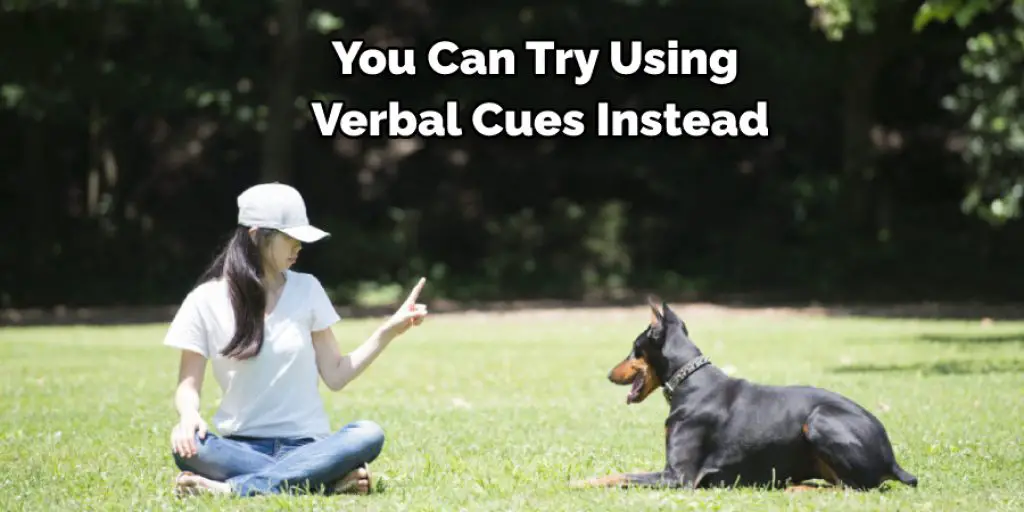
Step 7: Be consistent
One of the most important things you can do when training your dog is to be consistent. If you allow them to get away with bad behavior one day, they’ll be more likely to do it again. Be firm but fair, and make sure everyone in your household follows the same rules. It may take a little bit of time, but eventually, your dog will learn what’s expected of them.
If you’re struggling to be consistent, consider using a training collar. These collars help remind you when you need to be more consistent by emitting a sound or vibration every time your dog displays terrible behavior. In addition, they’re a beneficial tool if you have more than one dog, as it can be challenging to keep track of them all at once.
Step 8: Learn what motivates your puppy
One of the best ways to train your dog is to figure out what motivates them. For example, if your puppy loves playing fetch, then use that to reward them for good behavior. If they love food, then use small treats to praise them. You’ll need to experiment a little bit to see what motivates your puppy, but once you figure it out, you’ll be able to train them much more effectively.
Step 9: Praise your puppy when they do something good.
One of the best ways to train your dog is to praise them whenever they do something good. This will help them associate good behavior with positive reinforcement, making them more likely to repeat that behavior in the future.
Be sure to lavish them with praise and treats whenever they do something you want them to do, and you’ll see great results in no time. These steps will help in how to train a dog that doesn’t like treats.
Additional Tips:
Just like people, dogs have different preferences when it comes to treats. Some dogs love them, and some dogs could care less. If your dog falls into the second category, don’t worry! You can still train them using positive reinforcement techniques.
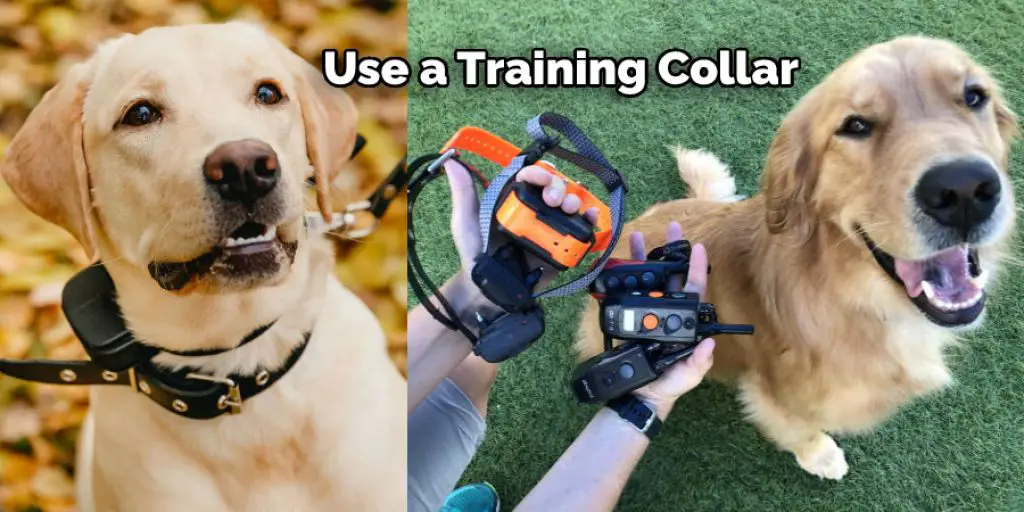
Here Are a Few Additional Tips to Help You Get Started:
1. Try different types of treats. For example, some dogs prefer crunchy treats, while others prefer softer ones. Experiment until you find a type that your dog enjoys.
2. Use praise and petting as rewards instead of treats. This can be especially useful if your dog is on a diet or trying to cut down on the number of treats you’re giving them.
3. Make training sessions short and sweet. If your dog gets bored or restless, they’re less likely to respond positively to training. So end each session on a high note by rewarding your dog with a treat or some praise.
4. Be consistent. If you start skipping sessions or giving your dog treats sporadically, they’ll become confused and may not respond well to training. Try to be compatible with your rewards and punishments so your dog knows what to expect.
5. Stay positive! Training can be frustrating at times, but it’s essential to keep your attitude positive. Dogs can sense when their owners are stressed out, which will only make the training process more difficult.
You can train your dog even if they don’t like treats by following these tips!
Conclusion:
If you are struggling to train your dog because they don’t seem motivated by treats, don’t worry! There are plenty of other ways to get your dog to obey. All you need is a little patience and some creative thinking.
With enough time and effort, you will be able to train your dog without using treats at all successfully. We hope you find this article on how to train a dog that doesn’t like treats useful.
You can check it out to Train a Dog to Do Deep Pressure Therapy

